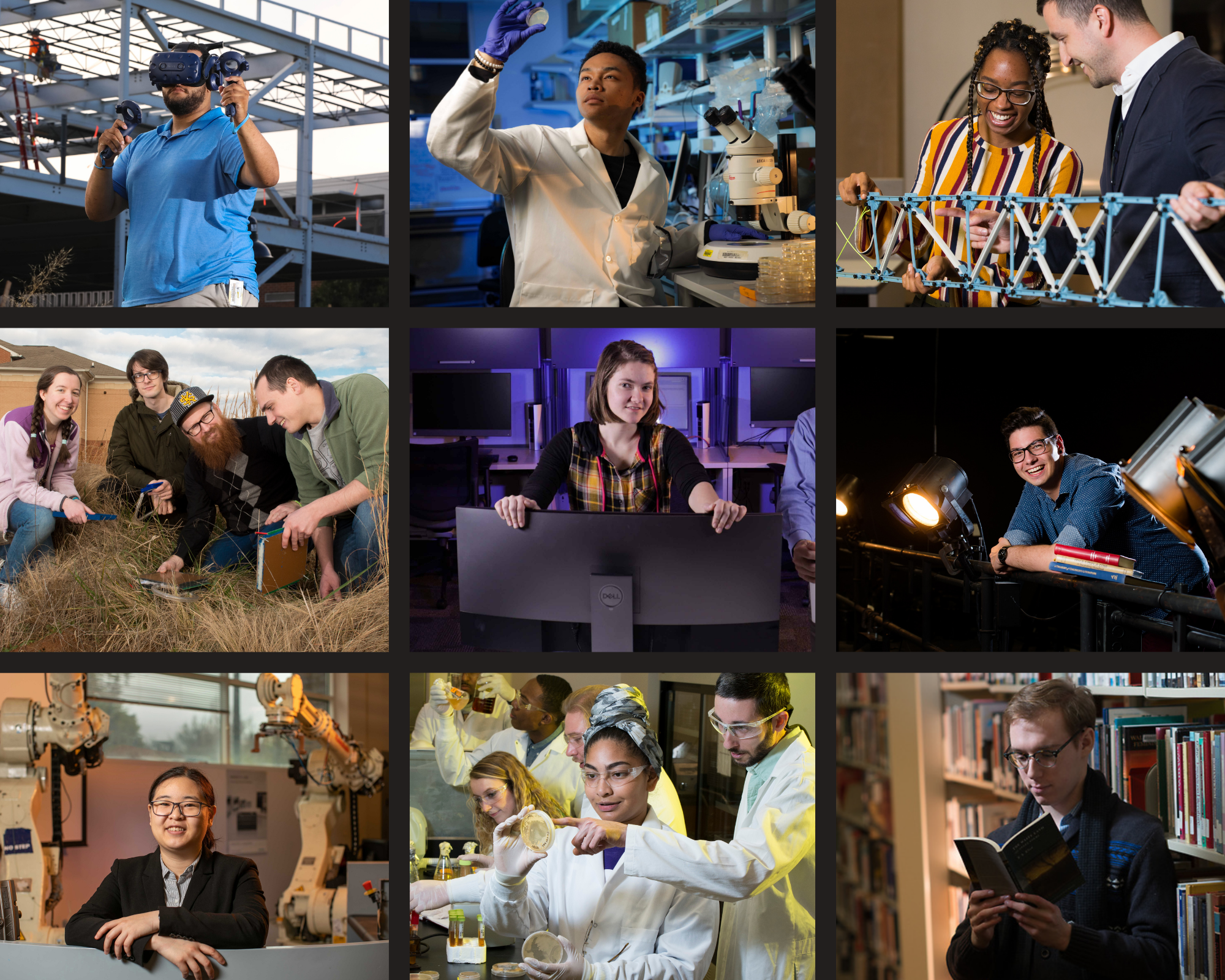Disciplines
Bilingual, Multilingual, and Multicultural Education | Educational Methods | First and Second Language Acquisition | Linguistics
Abstract (300 words maximum)
With the awareness that Spanish speaking households compose a significant number of students in English language learning (ELL) programs, this researcher will be illuminating areas of academic ambiguity where language learning overshadows learning disabilities in the United States— a country with no official language. This phenomenon will be thoroughly examined using textual methodologies such as secondary analysis, theoretical study, and an extended literature review to describe how these correlations negatively impact students with English as a secondary way of expression. By emphasizing this gap within academia, it is the hope of the author that additional teacher-created resources will be readily accessible and ELL students with these disadvantaging circumstances will not go undetected.
Academic department under which the project should be listed
RCHSS - English
Primary Investigator (PI) Name
Dr. Jeanne Bohannon
Included in
Bilingual, Multilingual, and Multicultural Education Commons, Educational Methods Commons, First and Second Language Acquisition Commons
Silently Struggling in a New World: Exploring English Language Learners with Language Disabilities
With the awareness that Spanish speaking households compose a significant number of students in English language learning (ELL) programs, this researcher will be illuminating areas of academic ambiguity where language learning overshadows learning disabilities in the United States— a country with no official language. This phenomenon will be thoroughly examined using textual methodologies such as secondary analysis, theoretical study, and an extended literature review to describe how these correlations negatively impact students with English as a secondary way of expression. By emphasizing this gap within academia, it is the hope of the author that additional teacher-created resources will be readily accessible and ELL students with these disadvantaging circumstances will not go undetected.
